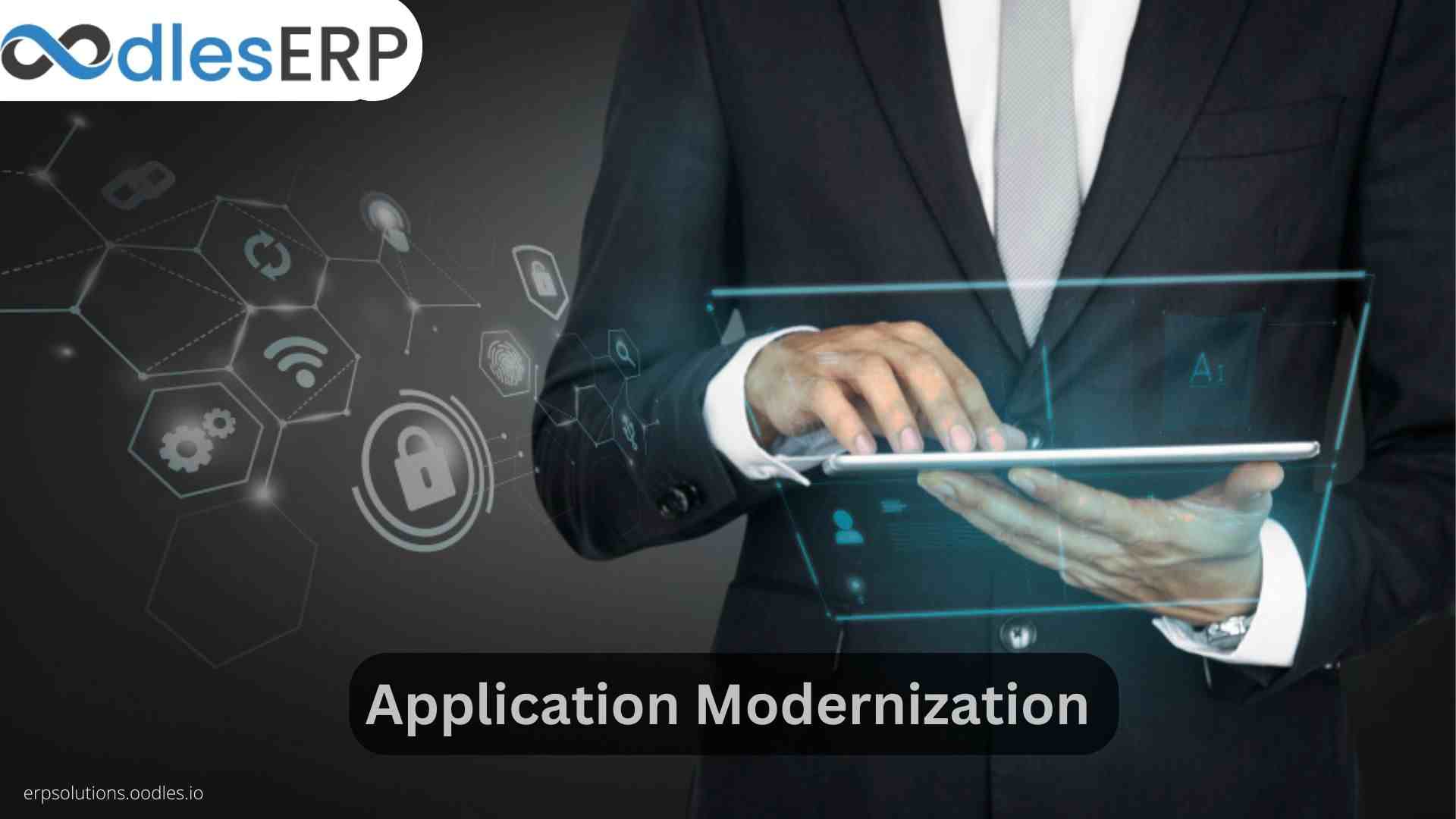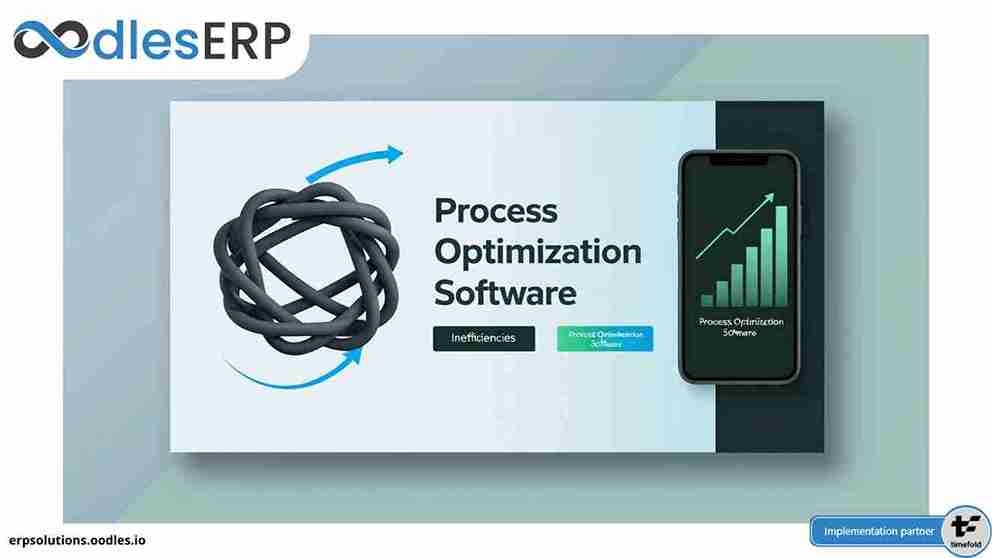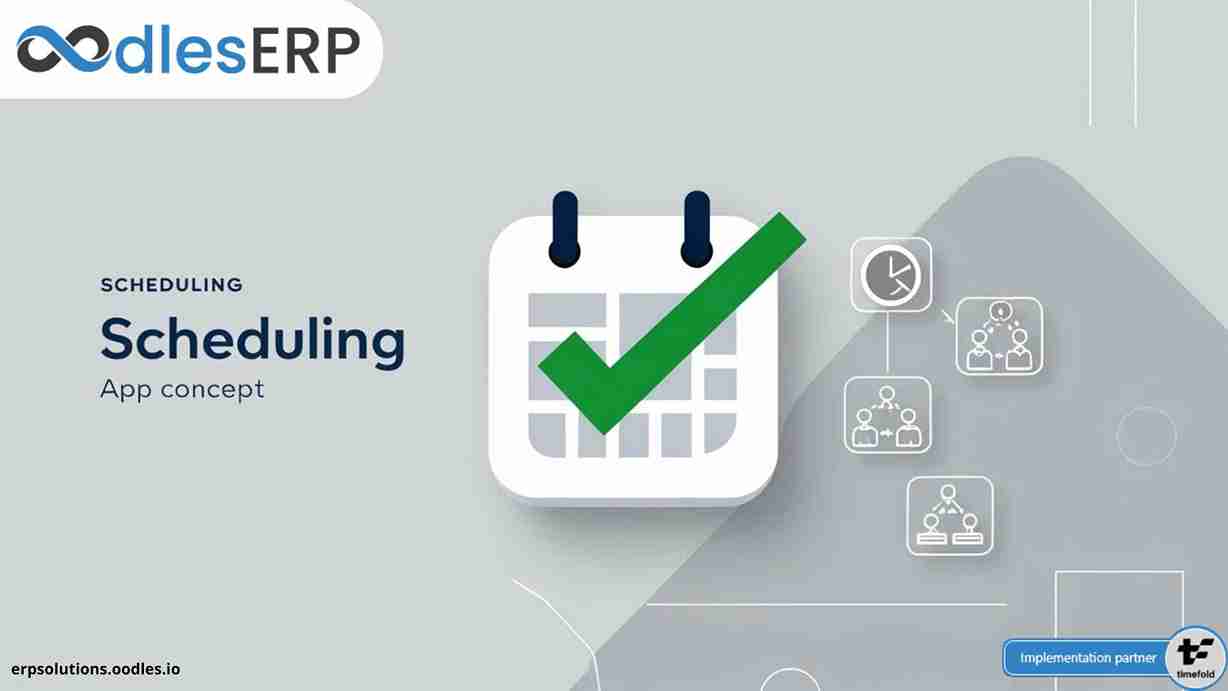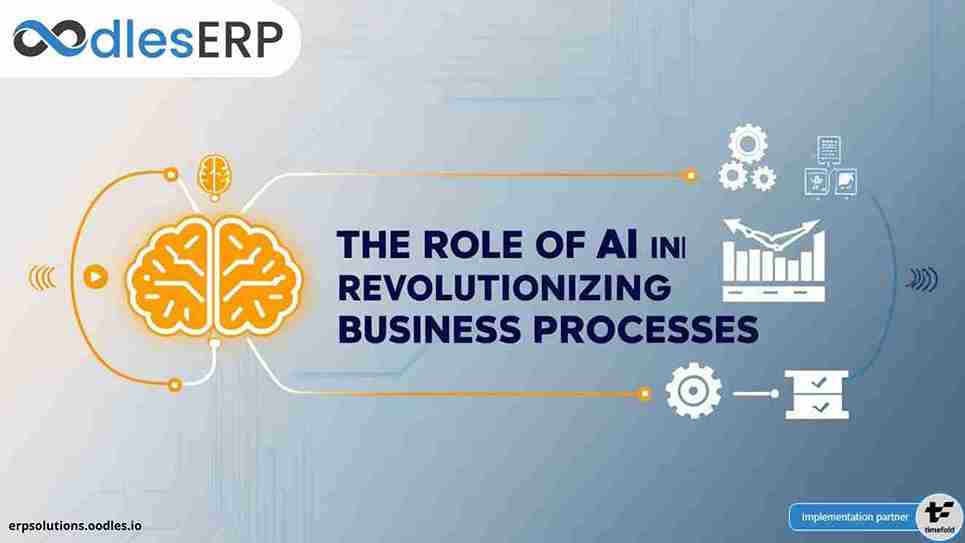In today’s rapidly evolving business landscape, enterprises are actively looking for new ways to grow, expand and achieve their goals. Embracing new technologies has always been important for businesses to optimize their operations, drive efficiency, and achieve higher levels of productivity. At the same time, it is crucial to upgrade your existing enterprise systems and legacy applications to keep pace with the latest technological advances. As a matter of fact, enterprise application modernization is an effective way to keep your time-tested legacy systems up-to-date while also adopting new technologies to stay competitive.
The application modernization process brings a multitude of benefits to enterprises. In addition to streamlined operations and enhanced productivity, it paves the way for better interoperability and significantly reduces operational costs. In this blog post, you will learn how enterprise application modernization is conducive to achieving higher operational efficiency at reduced operational costs.
Also, Read ERP Application Modernization: The Key Driving Factors
Improved Scalability
Enterprise application modernization frequently entails switching to cloud-based or containerized software. That being said, these cloud platforms are more scalable than conventional on-premises systems. Organizations may quickly scale their apps up or down to meet demand as business demands change. Since there is no longer a need to overprovision expensive hardware and software licenses to handle peak loads, improved resource allocation is possible. As a result, businesses can considerably reduce their infrastructure and license expenses.
Enhanced Automation
Advanced automation features are present in modern enterprise software. Organizations can lower labor costs and boost operational efficiency by automating routine processes including data entry, data processing, and system monitoring. Instead of getting bogged down by manual labor and repetitive duties, employees can then concentrate on more strategic and value-added jobs. Besides, the cost savings from reduced labor hours can be substantial over time.
Costs of Maintaining Legacy Systems
Although they are frequently dependable, legacy systems can eventually become expensive to operate and maintain. Numerous businesses continue to use antiquated software platforms that demand specialized knowledge, regular updates, and rigorous testing. These upkeep chores can be time- and resource-consuming. Organizations can cut the recurring costs of maintaining and patching out-of-date software by updating these legacy systems. Because modern apps are created to be more self-sufficient, maintenance costs are reduced.
Also, Read The Ideal Approach For Enterprise Application Modernization
Data Consolidation and Integration
Many firms rely on a patchwork of disjointed, ineffectively communicating technologies and applications. The result of this lack of integration is inefficiency, data silos, and redundant work. Integration of systems and data consolidation into a single, centralized repository are frequent components of enterprise application modernisation. Processes are streamlined, data accuracy is increased, and less redundant data input and maintenance work is required as a result. The cost savings that follow come from improved effectiveness and decreased mistakes.
Safety Improvements
Security lapses and assaults are frequently susceptible to outdated enterprise software. Data breaches can be extremely expensive in terms of legal bills, fines from authorities, and reputational harm. Implementing strong security features, such encryption, multi-factor authentication, and recurring security audits, is often a requirement for enterprise application modernization. Organizations can lessen the risk of expensive data breaches and severe financial losses by proactively addressing security issues.
Energy Savings
Enterprise application modernization could be increasingly important for businesses as they work to reduce their energy usage and carbon footprint. Legacy systems frequently waste energy and use more energy and cooling to operate. Organizations can lower their energy consumption and associated costs by switching to more energy-efficient cloud-based solutions and optimizing application code. This not only reduces costs but also supports sustainability objectives.
Enhancing the User Experience
Any enterprise application’s success depends on the user experience (UX). Old-fashioned, awkward interfaces can make people irritable and reduce productivity. Redesigning user interfaces and enhancing usability are frequent components in modernizing software. A better user experience can increase worker productivity, lower training expenses, and cut down on errors, all of which result in cost savings.
Also, Read Top Indicators For Legacy Application Modernization
Better Reporting and Compliance
Strong reporting and analytics features are frequently included in contemporary enterprise software. This makes it simpler for firms to follow internal governance rules and regulatory requirements. The need for human data extraction and analysis is diminished by automated reporting, saving both time and money. Additionally, thorough data analysis helps businesses more quickly pinpoint chances for cost savings and operational inefficiencies.
Conclusion
Enterprise application modernization is not just a technical improvement; it is also a strategic investment that, over time, can result in significant cost savings. Organizations can enhance productivity and efficiency by streamlining processes, increasing scalability, automating tasks, expanding integration, and putting a stronger emphasis on security. Additionally, improvements in user experience, compliance, and reporting, as well as energy efficiency, add to the overall cost savings associated with modernization.
Organizations that emphasize enterprise application modernization are better positioned to respond to shifting market conditions, cut operational costs, and promote long-term success in today’s cutthroat business environment. Besides, any firm seeking to preserve a competitive edge and generate long-term cost savings will need to stay up to date with modernization initiatives as technology advances.
Why Choose Oodles ERP For Enterprise Application Modernization?
We, at Oodles, provide 360-degree ERP application development services to help enterprises steer clear of their day-to-day operational bottlenecks. Our team specializes in building custom enterprise solutions from the ground up using the latest tech stack and next-gen technologies. We provide end-to-end enterprise application modernization services to help businesses upgrade and modernize their time-tested legacy applications with minimal downtime. Contact us at [email protected] to learn more about our enterprise application modernization services.










